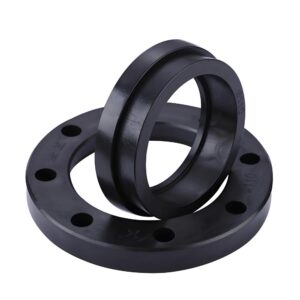Lathe cutting tools are the backbone of precision machining, enabling craftsmen to shape materials with remarkable accuracy. These tools are vital for industries like aerospace, automotive, and manufacturing, where precision is non-negotiable. Whether you’re a seasoned machinist or a newcomer to the trade, understanding the nuances of lathe cutting tools can elevate your work. This guide explores their types, materials, performance factors, maintenance, and how to choose the right tool for your project, offering practical insights for achieving superior results.
What Are Lathe Cutting Tools?
Lathe cutting tools are specialized instruments used in lathe machines to carve, shape, or remove material from a rotating workpiece, typically metal. Mounted on the lathe’s tool post, these tools interact with the spinning material to create precise shapes, smooth surfaces, or intricate features. From turning cylindrical parts to crafting threaded components, their versatility makes them indispensable in modern machining.
Each tool is designed for specific tasks, such as facing, grooving, or threading, with shapes and sizes tailored to the job. For machinists, knowing the purpose of these tools ensures efficient workflows and high-quality outcomes. By selecting the right tool, you can transform raw materials into finely crafted parts with ease.
Common Types of Cutting Tools for Lathes
The variety of lathe cutting tools allows machinists to tackle diverse tasks. Here are the most common types, each with a unique role in the machining process:
Turning Tools

Turning tools are the go-to for shaping the outer diameter of a workpiece. They excel at creating cylindrical shapes, smoothing surfaces, or reducing part dimensions, making them a staple in general machining tasks.
Boring Tools
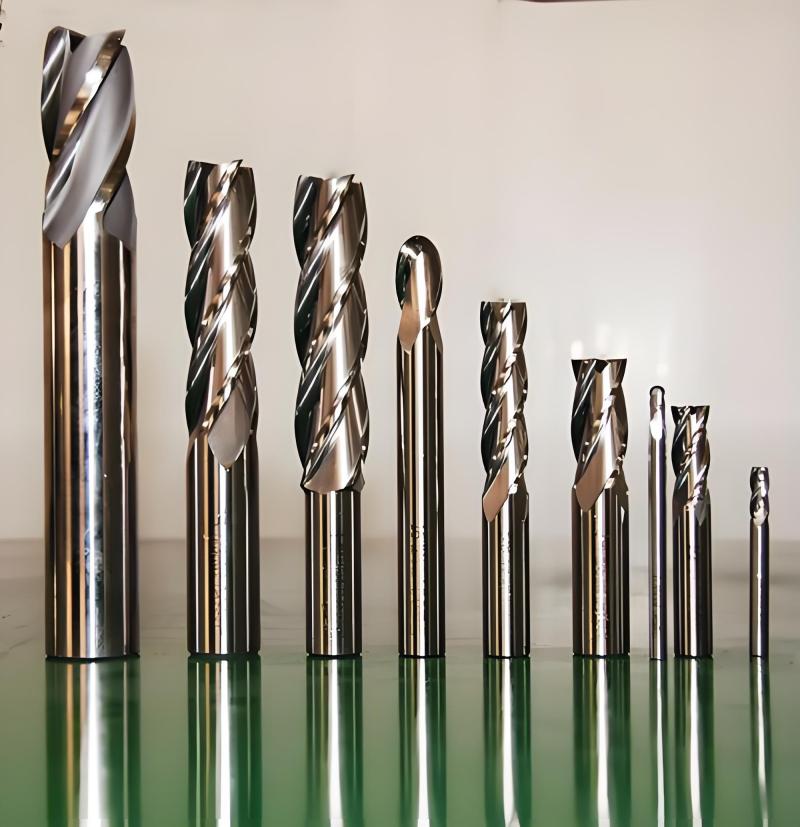
Boring tools refine or enlarge existing holes, ensuring precise internal dimensions. They’re critical for applications like engine components or bearing housings, where accuracy is paramount.
Parting Tools
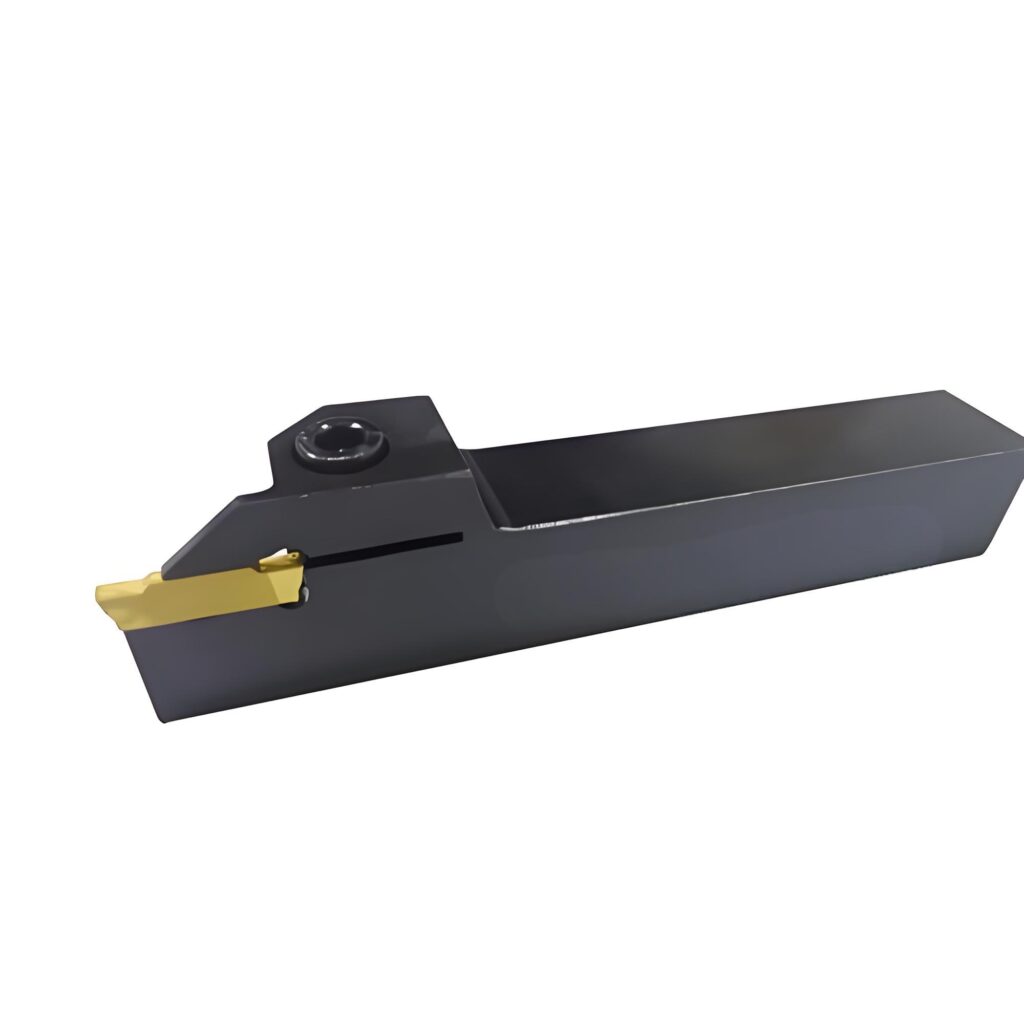
Parting tools, often called cutoff tools, slice through a workpiece to separate the finished part from the raw material. They’re ideal for creating clean breaks with minimal waste.
Threading Tools
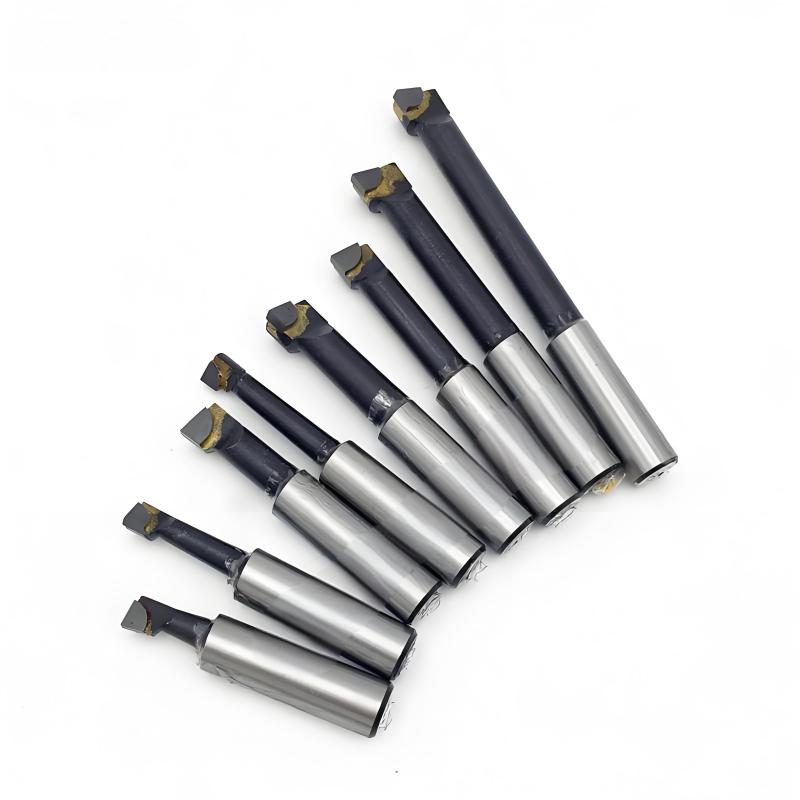
Threading tools carve precise threads into a workpiece, enabling the production of screws, bolts, or other threaded components. Accuracy in thread pitch and profile is crucial for functionality.
Grooving Tools
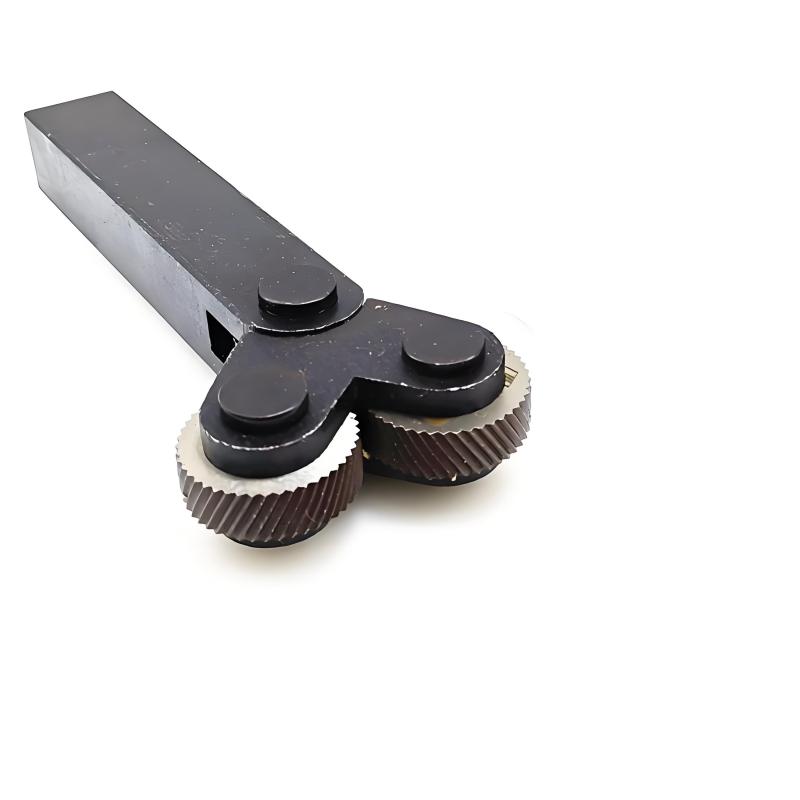
Grooving tools create recesses or grooves, often for O-ring seats or aesthetic features. They’re versatile, handling both internal and external grooving tasks with precision.
Choosing the right tool depends on the project’s needs, from material type to desired finish, ensuring efficiency and quality in every cut.
The Material and Selection of Cutting Tools
The material of a lathe cutting tool significantly impacts its performance and suitability for specific tasks. Here’s a look at common tool materials and how to choose them:
High-Speed Steel (HSS)
HSS tools offer a balance of durability and cost-effectiveness. They withstand moderate heat and are ideal for softer materials like aluminum or brass, making them a versatile choice for many workshops.
Carbide
Carbide tools are renowned for their hardness and ability to cut tough materials like stainless steel or titanium. They maintain sharpness at high speeds, perfect for high-volume production.
Ceramic
Ceramic tools excel in high-speed machining of hard materials. While brittle, they resist extreme heat, making them suitable for specialized applications requiring precision.
Diamond-Coated Tools
Diamond-coated tools provide unmatched hardness for non-ferrous materials like aluminum or composites. They deliver exceptional surface finishes but come at a higher cost.
When selecting a tool material, consider the workpiece, machining speed, and finish requirements. For example, carbide is ideal for high-speed tasks, while HSS suits slower, precise operations. Matching the tool to the job enhances both efficiency and longevity.
Factors Influencing the Performance of Cutting Tools
Several variables affect how lathe cutting tools perform, impacting both part quality and tool durability. Key factors include:
Cutting Speed
The workpiece’s rotation speed influences tool wear and surface quality. Too fast, and the tool may overheat; too slow, and the finish may suffer. Finding the right balance is critical.
Feed Rate
The rate at which the tool advances into the material affects cutting efficiency. A steady feed rate minimizes tool stress while ensuring smooth cuts and optimal chip removal.
Tool Geometry
The shape and angles of the tool’s cutting edge, such as rake and clearance angles, determine cutting efficiency. Proper geometry reduces friction and improves chip flow.
Workpiece Material
The material being machined dictates tool choice. Harder materials like titanium demand robust tools, while softer metals allow for more flexible options.
Coolant Use
Coolants reduce heat and friction, extending tool life and improving surface finish. Proper application prevents chip buildup and enhances machining precision.
By optimizing these factors, machinists can achieve consistent, high-quality results while extending the life of their tools.
Tool Maintenance and Usage Skills
Maintaining lathe cutting tools is essential for sustained performance and cost savings. Here are practical tips for keeping tools in top shape:
Routine Inspections
Check tools regularly for wear, such as dull edges or chips. Early detection allows for timely maintenance, preventing damage to the workpiece or lathe.
Proper Storage
Store tools in a dry, organized environment to avoid rust or damage. Use tool racks or protective cases to keep them secure and accessible.
Accurate Setup
Ensure tools are correctly aligned in the tool post. Misalignment can cause uneven cuts, poor finishes, or tool failure, so precision is key.
Sharpening HSS Tools
For HSS tools, periodic sharpening restores cutting performance. Use proper grinding techniques to maintain the tool’s original geometry.
Optimized Parameters
Adjust cutting speed, feed rate, and depth of cut based on the tool and material. Following manufacturer guidelines prevents premature wear and ensures quality.
These practices help machinists maintain their tools, ensuring reliable performance across countless projects.
How to Select the Appropriate Lathe Cutting Tools for Your Project
Selecting the right lathe cutting tool involves aligning the tool’s capabilities with your project’s demands. Follow these steps for informed choices:
Define Project Goals
Assess the workpiece material, desired finish, and tolerances. For instance, threading requires specialized tools, while general shaping may use turning tools.
Match Tool to Material
Choose a tool material suited to the workpiece. Carbide works for hard metals, while HSS is effective for softer materials like copper.
Evaluate Tool Geometry
Select tools with appropriate angles for the task. Proper geometry minimizes cutting forces and enhances precision.
Check Machine Compatibility
Ensure your lathe’s speed and power match the tool’s requirements. High-speed tools like carbide need robust machines to perform effectively.
Balance Cost and Durability
Consider the tool’s cost versus its lifespan. For high-volume projects, durable options like diamond-coated tools may offer long-term savings.
By carefully evaluating these factors, you can select tools that deliver precision, efficiency, and value for your machining projects.
Why Choose Precionn for Your Machining Solutions
For businesses seeking reliable machining expertise, Precionn is a trusted name in the industry. Specializing in precision manufacturing, Precionn delivers high-quality components tailored to international clients’ needs. we commitment to using advanced tools and techniques ensures exceptional results, whether you’re working with lathe cutting tools or complex machining projects. Visit Precionn’s website to explore our services and discover how we can support your manufacturing goals with unmatched precision and professionalism.




